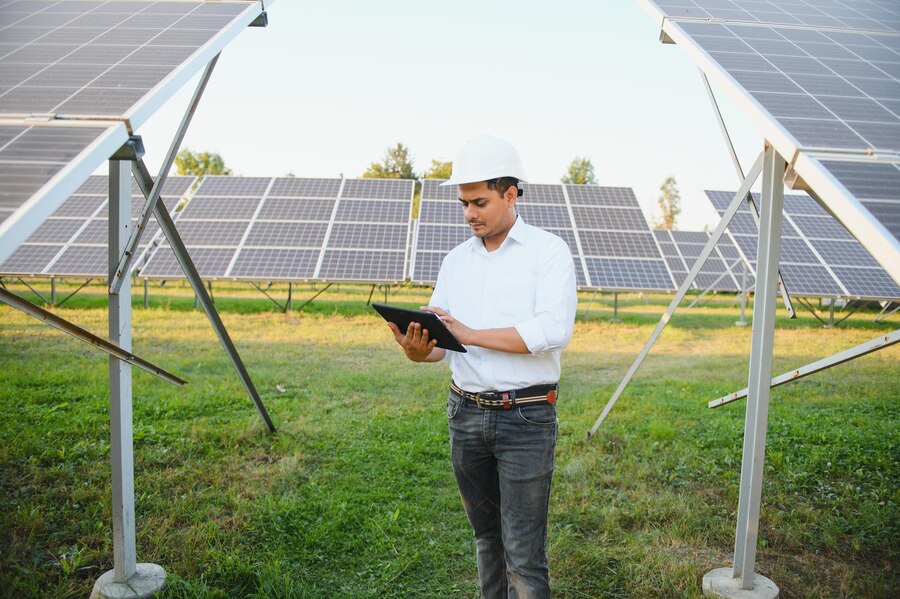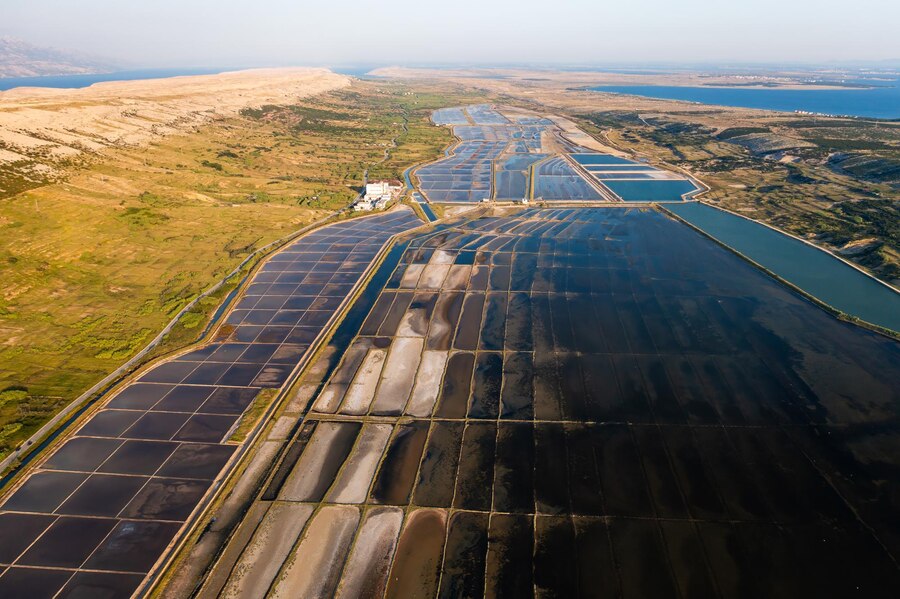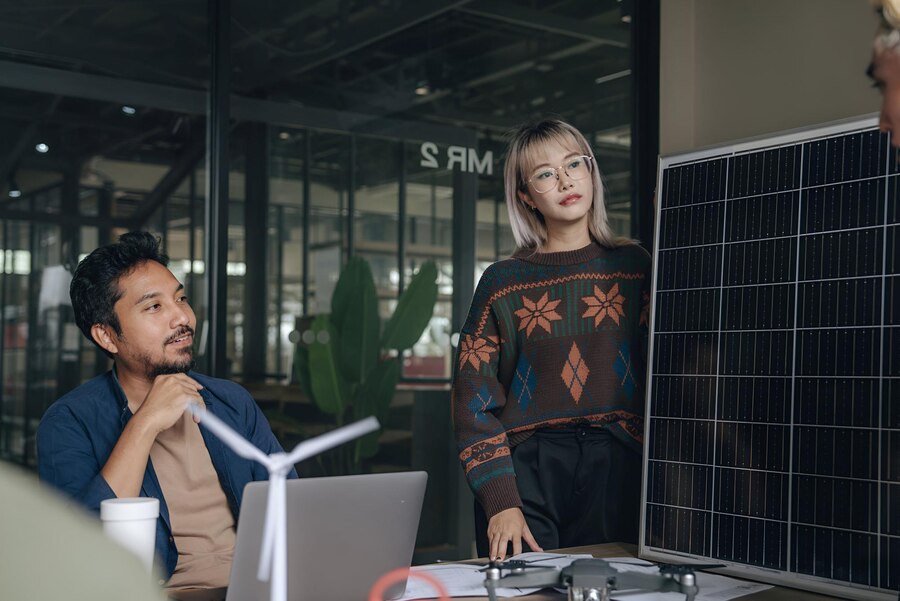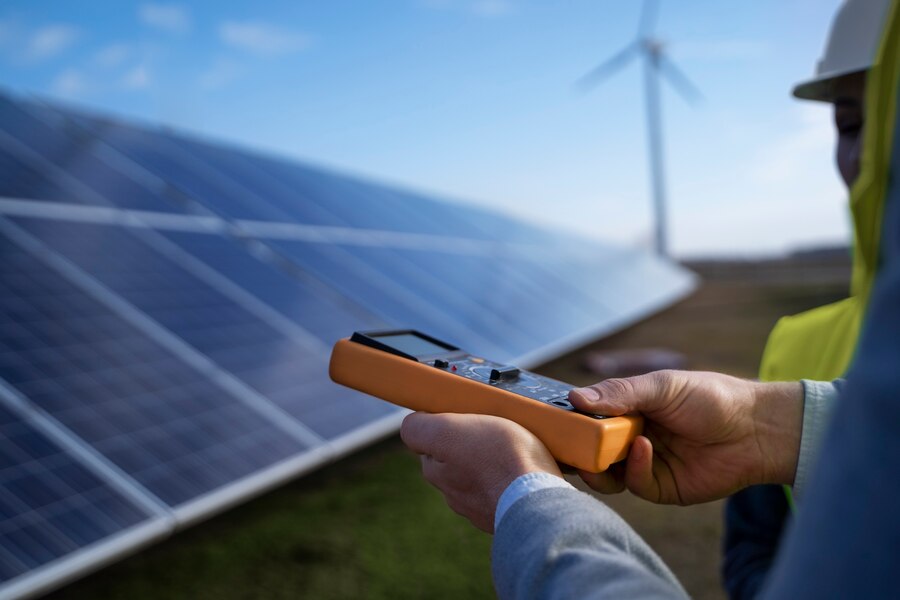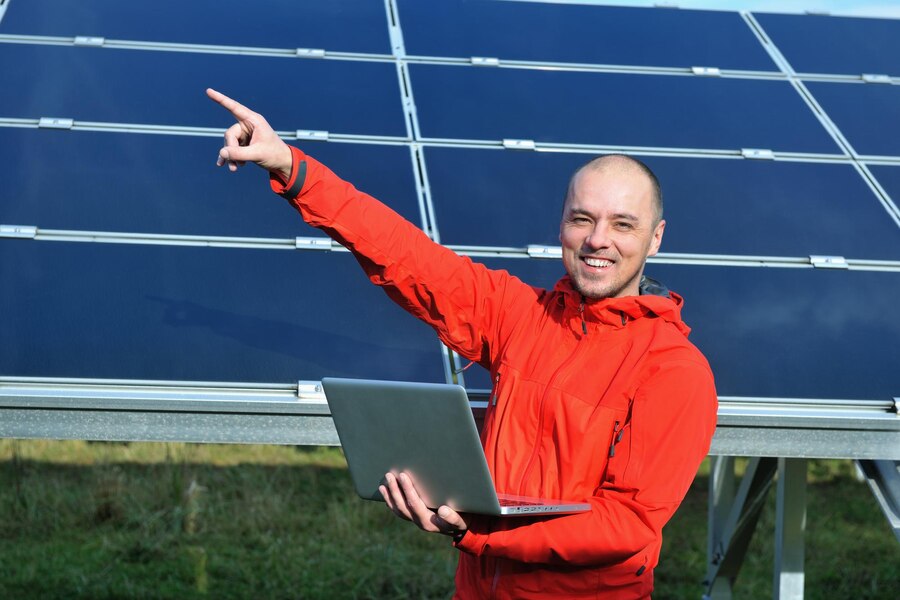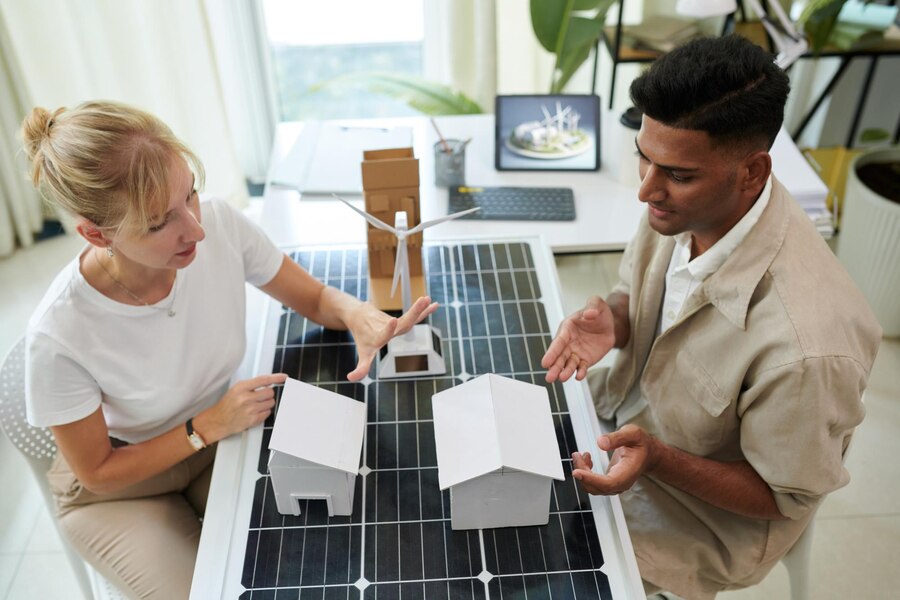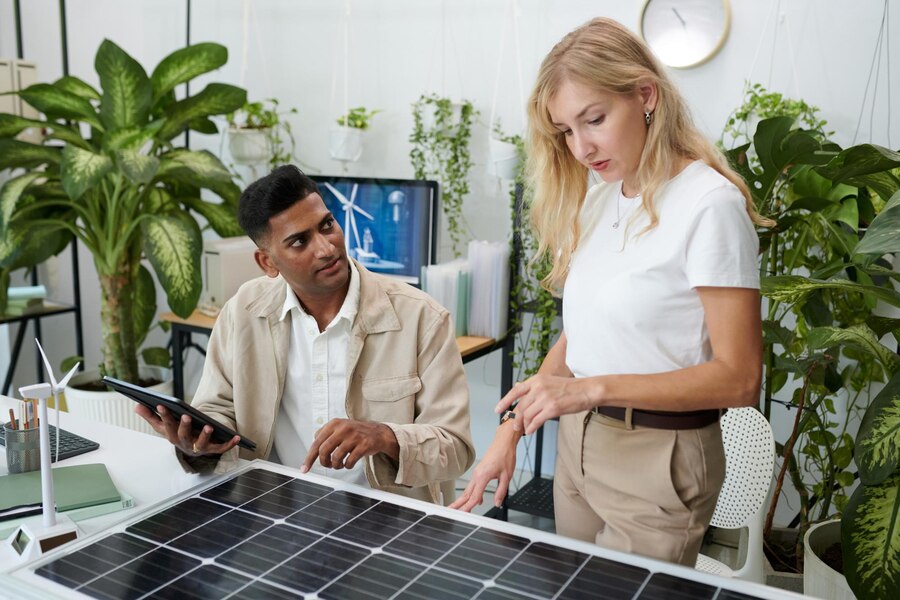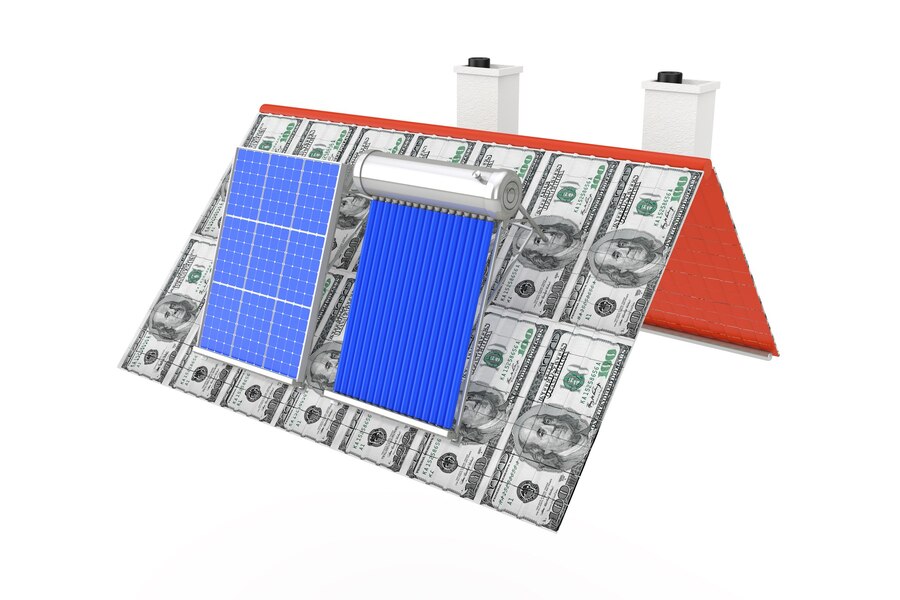What Is Solar Feed-In Tariff
What is Solar Feed-In Tariff? A Complete Guide to Understanding Solar Incentives
What is solar feed-in tariff? Simply put, it’s a policy designed to encourage the adoption of renewable energy, specifically solar power, by compensating users for the excess electricity they generate and send back to the grid. As the world continues to shift toward renewable energy, the solar feed-in tariff plays a crucial role in making solar power more accessible and affordable. This incentive helps reduce electricity bills for households and businesses while contributing to a cleaner energy future.
In this article, we’ll break down what is solar feed-in tariff, its benefits, how it works, and how to calculate the savings you can generate through solar energy. We’ll also provide a rates comparison, discuss state-specific tariffs, and highlight the latest policy updates that may affect your solar investment.
Let’s dive into understanding what is solar feed-in tariff and how it can benefit you.
What is Solar Feed-In Tariff?
At its core, what is solar feed-in tariff? It is a policy mechanism designed to incentivize individuals and businesses to adopt solar energy by compensating them for the surplus energy they generate and return to the grid. Solar energy users with grid-tied systems are typically paid a fixed rate for the excess electricity they produce, making solar energy more affordable and appealing.
Excess energy produced by solar panels is measured through a smart meter, and users are compensated either in credits on their electricity bill or, in some cases, with cash payments. The specific rate varies depending on the region, energy provider, and current policy updates.
The term feed-in tariff can be broken down into:
- Buyback rate: The rate at which you are paid for the surplus energy you send back to the grid.
- Net metering: A system where users only get paid for the energy produced that exceeds their household consumption.
The next section will dive deeper into the explanation of feed-in tariffs and help you understand how they work.
Explanation of Feed-In Tariffs
How They Work
A solar feed-in tariff works by providing incentives for households and businesses that produce excess energy using solar panels. This excess energy is then sent back to the grid, where it can be used by others. The amount of compensation you receive depends on your state-specific tariffs and your energy provider. Most providers will credit your electricity bill with the equivalent value of the energy you sent back to the grid.
To track this process, a smart meter is installed to measure both the energy consumed from the grid and the energy fed back. These readings ensure that you are compensated fairly for your excess generation.
Types of Feed-In Tariffs
There are generally two main types of solar feed-in tariffs:
- Net Feed-In Tariff: Under this system, compensation is only provided for the energy that exceeds your household consumption. If you produce more energy than you consume, the surplus is fed back to the grid for credit.
- Gross Feed-In Tariff: In this system, you are paid for the entire amount of electricity your solar system generates, regardless of whether you use it or not. This type is ideal for users with high solar production.
Now that you understand the basics, let’s take a closer look at rates comparison across various regions, so you can better understand the financial incentives available.
Rates Comparison
The solar feed-in tariff rates vary significantly based on your location, the energy provider, and the specific policy in place. Here’s a rates comparison of feed-in tariffs across major states in Australia:
State | FIT Rate (per kWh) | Energy Provider | Plan Type |
New South Wales | $0.07 – $0.18 | AGL, Origin, EnergyAustralia | Net or Gross FIT |
Victoria | $0.09 – $0.16 | Red Energy, Origin | Net FIT |
Queensland | $0.08 – $0.14 | Ergon Energy, Powerlink | Gross FIT |
These rates are indicative and may fluctuate depending on changes in government policy or market conditions. To get an accurate figure, always check the current rates offered by your local energy provider.
Next, we will dive into the benefits of tariffs and explore how they can help you save money and contribute to a more sustainable energy future.
Benefits of Feed-In Tariffs
The benefits of tariffs go beyond just reducing your energy bills. Here’s how they can positively impact both the environment and your finances:
- Environmental Benefits: By generating your own solar power, you contribute to a cleaner energy future, reducing reliance on fossil fuels and decreasing your carbon footprint.
- Economic Benefits: The solar feed-in tariff provides an excellent opportunity for financial savings. Surplus energy sent to the grid is credited to your electricity bill, reducing overall costs and shortening the payback period for your solar system investment.
- Social Advantages: Feed-in tariffs not only support individual solar users but also contribute to the overall expansion of renewable energy infrastructure. This benefits society by promoting energy independence and reducing reliance on non-renewable resources.
- Incentives for Solar Adoption: With the increasing availability of policy updates and state-specific tariffs, more people are motivated to adopt solar energy solutions. This, in turn, fosters a greener, more sustainable energy landscape.
In the next section, we will provide a guide on how to calculate savings with a solar feed-in tariff.
How to Calculate Savings
Understanding how to calculate savings with a solar feed-in tariff is essential to determine the financial benefits of installing solar panels. Here’s a step-by-step guide:
- Estimate Solar Energy Production: Start by calculating how much electricity your solar system will generate per day. This is typically measured in kilowatt-hours (kWh). For example, a 5kW system might produce 20-25 kWh/day.
- Calculate Household Consumption: Find out how much electricity your household consumes on average per day, typically found on your electricity bill.
- Determine Excess Energy: Subtract your daily consumption from the solar energy production to find out how much excess energy you’ll send back to the grid.
- Multiply by FIT Rate: Multiply the excess energy by the solar feed-in tariff rate offered by your provider to estimate the savings from the energy fed back into the grid.
For example:
- If your solar system generates 25 kWh per day and you consume 15 kWh, the 10 kWh surplus will be sent to the grid.
- If your FIT rate is $0.12 per kWh, you’ll earn $1.20 per day in credits.
Using this method, you can calculate your annual savings and understand your solar ROI (Return on Investment).
Solar ROI (Return on Investment)
Solar ROI measures how much money you save over time as a result of installing a solar system, and the solar feed-in tariff is a major factor in calculating this. With the right feed-in tariff plan, your solar investment can start paying off faster, providing a great return.
Here’s how the solar ROI works:
- Payback Period: The time it takes for your initial investment in solar panels to be repaid through savings on energy bills and earnings from feed-in tariffs. In regions with higher FIT rates, the payback period is typically shorter.
- Long-Term Returns: Over 25 years, a high FIT rate can provide substantial savings and additional earnings, especially if you have a larger solar system.
Case studies have shown that solar feed-in tariffs in regions with higher rates can reduce payback periods to 5-7 years, providing excellent long-term returns.
Next, let’s examine the latest policy updates and industry trends that may influence your decision to adopt solar energy.
Policy Updates and Industry Trends
The solar feed-in tariff landscape is constantly evolving, with policy updates and changes in government incentives directly impacting the rates and benefits available. Here are some recent trends:
- Time-of-Use Tariffs: Some regions have introduced time-of-use tariffs, where the rate you receive for sending energy back to the grid varies depending on the time of day. Sending energy back during peak hours can earn you higher rates.
- Increased Incentives: Many governments are offering incentives for solar users, such as rebates or tax credits, to further encourage solar adoption and increase returns for homeowners and businesses.
To ensure you’re getting the most out of your solar feed-in tariff, it’s essential to stay updated on the latest policy changes and state-specific tariffs in your area.
Why Choose Esteem Energy for Your Solar Needs?
Are you ready to reduce your electricity bills and make a positive impact on the environment? Choose Esteem Energy for your solar installation needs. Here’s why:
- Fast, Professional Installations: We offer quick, efficient installations that ensure your solar system is up and running smoothly.
- High-Quality Solar Panels: Our panels come with a 25-year warranty, ensuring longevity and reliability.
- Expert Consultation: We’ll help you choose the best solar feed-in tariff and solar plan to maximize your savings.
Ready to start saving? Contact Esteem Energy for a free consultation and take the first step toward energy independence!
Frequently Asked Questions
It’s a policy that pays you for the excess solar energy you generate and send back to the grid.
It’s typically calculated based on the amount of excess electricity you produce, measured in kilowatt-hours (kWh).
Yes, depending on your provider and location, you can switch plans to find a more favorable tariff.
Most feed-in tariff agreements are for 12 to 24 months, but some may have longer terms.
No, feed-in tariffs vary by location and may not be available in all areas.
To increase savings, consider optimizing your solar system to match your energy consumption patterns.
This depends on whether you have a gross or net feed-in tariff system.
Compare rates offered by local providers and keep up to date with policy updates in your state or country.
Solar Panel System Sizes
6.6 KW Solar System | 10.5 KW Solar System | 13.3 KW Solar System | 19.5 KW Solar System | 10kw Solar System | 5kw Solar System | 6kw Solar System | Solar Panels for Home | 8kw Solar System | 3kw Solar System | 13kw Solar System | 2kw Solar System
Solar Products
Residential Solar System | Solar Panel Installation | Solar Panel Battery
Related Blogs
10kw solar battery price | Jinko solar panels review | Growatt inverter review | Advantages of solar energy | Best solar battery in Australia | Sungrow inverter review | TriNAsolar panels review | Sonnen battery price | Cost of electricity in Australia per kWh | Sungrow battery review
Harry is a passionate writer specializing in renewable energy and sustainability. With a deep understanding of solar installation, maintenance, custom system design, and advanced battery storage, he brings technical expertise to his writing, making complex energy concepts accessible to businesses and homeowners alike.
Having covered numerous residential and commercial solar projects, Harry educates and empowers his readers to optimize energy efficiency and transition to clean energy solutions. As a key voice in the industry and a leader at Esteem Energy, he is committed to delivering insightful content that promotes innovation, cost-effective solutions, and a greener future.
